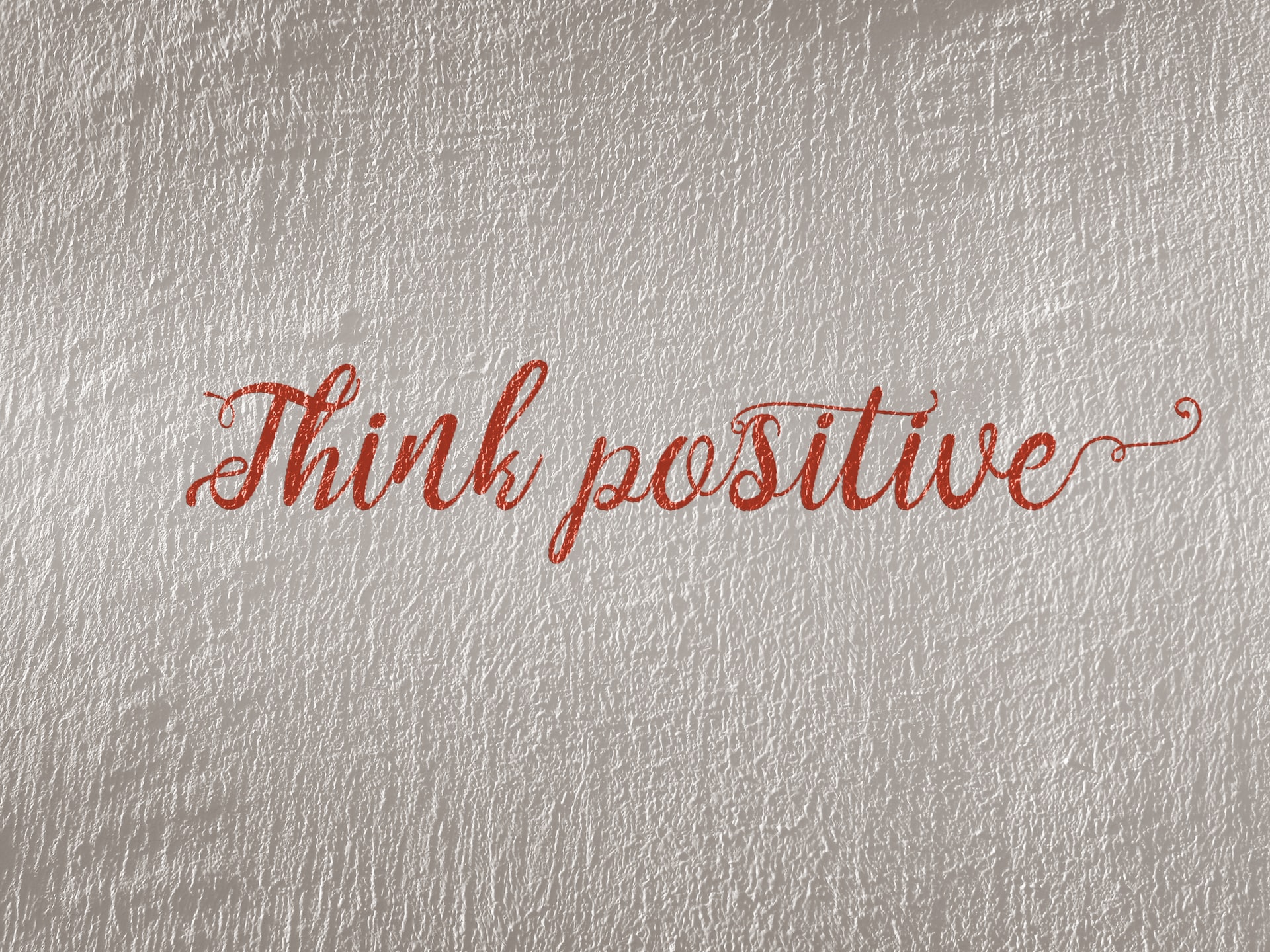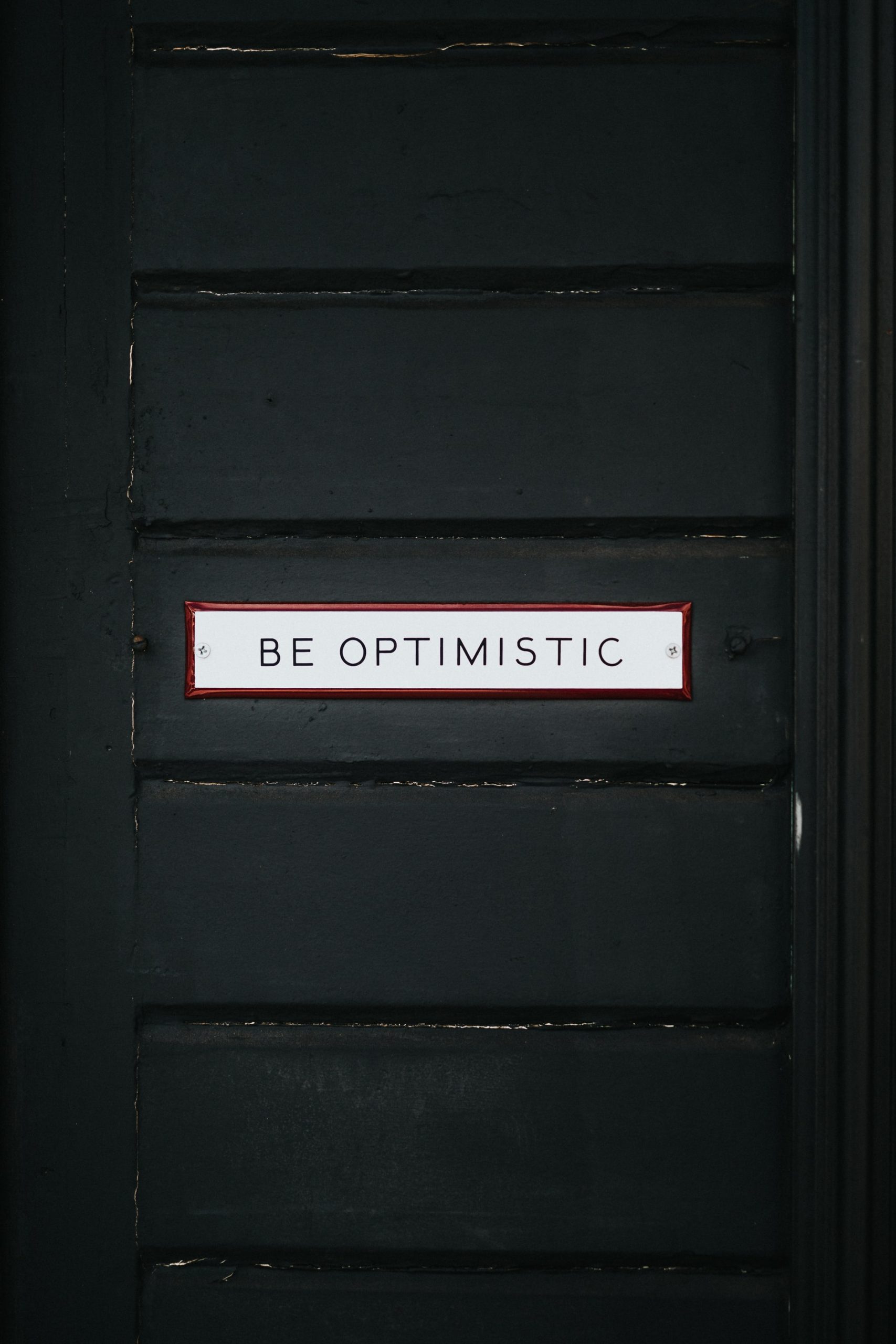When you hear about the health benefits associated with positive thinking—a lower risk of heart disease, stroke, cancer, infection, and respiratory disease, including improved mood, emotional regulation, and overall quality of life—it might seem like the obvious choice.
However, as Patrick Bieleny has learned, positive thinking isn’t as easy as it sounds. As the Founder of PB & Co. Houses, Patrick Bieleny associates his success with maintaining a positive mindset. From building connections with clients to finding opportunities in every problem, Patrick Bieleny has a few tricks that he uses to remain optimistic. From gratitude journaling to positive affirmations, he is sharing all of his best tips.
IMAGE: UNSPLASH
The Impact Of A Negative Mindset
Before we dive into positive thinking, let us dwell for a second on what the impacts of negative thinking might be. Barbara Frederickson, a positive psychology researcher at the University of North Carolina, published a landmark paper that provided insights into positive thinking and how it can impact your skills. When you are faced, for example, with real, imminent danger (like coming face to face with a black bear), your brain registers a negative emotion, in this case, fear. Negative emotions program your brain to do a specific action, in this case, run or curl into a ball.
To elaborate, Patrick Bieleny explains that negative thinking narrows your mind and focus. While we no longer have to worry about being a part of the food chain, fear, anger, and stress are very real and present in our everyday lives. As a result, these negative emotions will prevent you from seeing other options and choices that surround you. So, what did Barbara Frederickson discover about positive thinking?
In an experiment, Barbara divided her research subjects into five groups, each down a different film clip. The first two groups were shown clips that create positive emotions. The third group was the control group, shown neutral film clips. The last two groups were shown clips that create negative emotions. Afterwards, each individual was asked to imagine themselves in a similar situation and write down what they would do.
Ultimately, the group with the positive clips wrote down a significantly larger number of solutions or options. In short, positive emotions like joy, contentment, and love allow you to see more possibilities in your life.
How To Cultivate Positive Thinking
Practice Gratitude
So, how do you cultivate positive thinking in your day-to-day life? The first step is practicing gratitude. Patrick Bieleny explains that gratitude is the quality of being thankful, a readiness to show appreciation for the things around you, and return to kindness. The best way to build this habit is to schedule it into your day. Whether it is at the beginning or end of your day, do your best to write down at least five things you are grateful for.
While this will seem hard at first, it will become easier over time. As you begin to program your brain to look for things to add to your gratitude journal, you will begin to notice that they become smaller. Instead of being grateful for family and friends, you may be grateful for hearing the birds sing, seeing a beautiful sunset, or receiving a call from a loved one.
Meditate Daily
Recent research by Frederickson and her colleagues revealed that people who meditate on a daily basis display more positive emotions than those who do not. Patrick Bienely explains that meditation can be intimidating at first, so he suggests starting with a guided meditation on YouTube, or by signing up for a meditation app like Headspace or Calm.
Even if you start with 5 minutes every day, you will find it easier to sit for longer periods of time as you continue your practice. Patrick Bieleny explains that you will find it much easier to cultivate positive thinking when you become conscious of your thoughts.
Write Down Positive Affirmations
Another highly effective way to utilize a gratitude journal is to write down positive affirmations. Patrick Bieleny explains that most people’s internal dialogue is negative. While we respect the boundaries of others, give them the benefit of the doubt, and build them up when they’re down, we don’t often do that for ourselves. The most important relationship you will ever have, is with yourself.
A powerful way to practice positive ‘self-talk’, is to speak to yourself in the third person. As unusual as this may sound, it is a great way to move beyond the inauthenticity of telling yourself how ‘great’ you are. Anytime you feel down, upset, or worried, try to talk to yourself as if you would a friend—you will be surprised how impactful this simple shift can be.
Recognize Unhealthy Relationships
As you start to develop a healthy relationship with yourself, it is important to evaluate the relationships you have with others. Positive thinking doesn’t come naturally to most of us, and being around positive people can help you solidify this habit. Of course, this doesn’t mean you need to end every relationship that isn’t strictly positive, but be protective of your time and conscious of how spending time with those individuals shapes your world view.
Be Patient
Lastly, Patrick Bieleny urges you to be patient. The habits we develop over our lifetimes, especially negative ones, will take significant time and effort to change. Over the course of your positive thinking journey, you will trip, fall, and slip back into old habits more times than you will be able to count. The important thing is that you keep going. Keep writing in your gratitude journal, speaking to yourself kindly, and be conscious of how people and situations make you feel. Like any habit, once you practice it enough, it will become second nature.
If you are interested in even more lifestyle-related articles and information from us here at Bit Rebels, then we have a lot to choose from.


COMMENTS